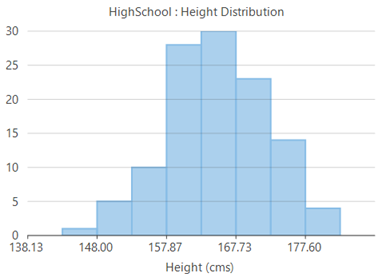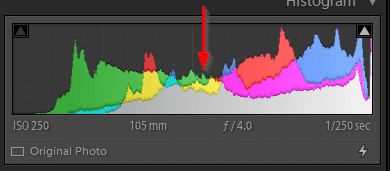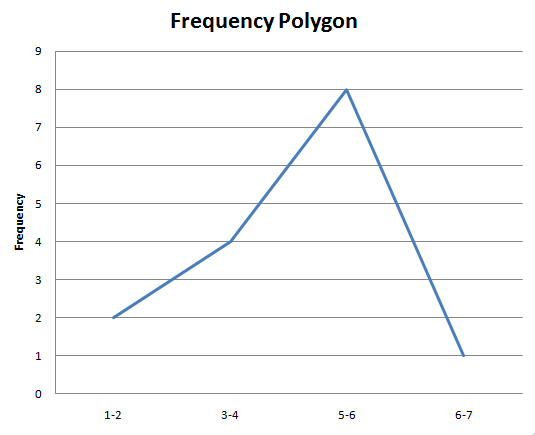
What are class boundaries in histograms?ĭata values are grouped into classes of equal widths. A histogram may also be normalized to display “relative” frequencies. If the bins are of equal size, a rectangle is erected over the bin with height proportional to the frequency-the number of cases in each bin. The bins (intervals) must be adjacent and are often (but not required to be) of equal size. Do histograms have to have equal intervals? A histogram will make it easy to see where the majority of values fall on a measurement scale, and how much variation is there among those values. The histograms are mainly used to display and organize a large set of measurements or numerical data in a user-friendly manner.
Press the “Generate histogram” button to display results. Verify your data is accurate in the table that appears. This can be done by directly copying from Excel or pasting values in comma-separated, tab-separated, or space-separated formats. Place the experimental data into the box on the right. The y-axis represents the number count or percentage of occurrences in the data for each column and can be used to visualize data distributions. If you include the header labels, check the box “First row as label.”Ī histogram is a bar graph-like representation of data that buckets a range of outcomes into columns along the x-axis. Check the box “First column as label”, so the class levels are used as labels for the x-axis. #HISTOGRAM MAKER MIDPOINTS FULL#
Highlight the full range of classes and frequencies.In this window, you can select the values that will be used for the histogram. We can select the column option and click next. A window like this one will appear: There, you can decide if you want to plot your values as columns or dots.


Select in the toolbar the option “Insert”, then “Chart”. How do you make a histogram on Libreoffice?
What are class boundaries in histograms?. Do histograms have to have equal intervals?. Where are histograms used in real life?. How do I make a histogram in openoffice?. How do you make a histogram on Libreoffice?. For more information, go to Weibull distribution. The Weibull distribution is also used to model skewed process data in capability analysis. For example, the distribution is frequently used with reliability analyses to model time-to-failure data. Weibull The Weibull distribution is a versatile distribution that can be used to model a wide range of applications in engineering, medical research, quality control, finance, and climatology. For more information, go to Exponential distribution. Independent events are assumed to occur at a constant rate. Exponential Use the exponential distribution to model the time between events in a continuous Poisson process. For more information, go to Lognormal distribution. The lognormal distribution is used for reliability analysis and in financial applications, such as modeling stock behavior. Use the lognormal distribution when random variables are greater than 0. Lognormal A random variable follows the lognormal distribution if the logarithm of the random variable is normally distributed. For more information, go to Normal distribution. Many statistical analyses assume that the data come from approximately normally distributed populations. Normal The normal distribution is the most common statistical distribution because approximate normality occurs naturally in many physical, biological, and social measurement situations. To fit a lognormal distribution, an exponential distribution, or a Weibull distribution, all data values must be greater than 0. The height of the final bar is always equal to 100%. 
The height of each bar is equal to the percentage of the sample observations that fall within its bin and all previous bins.

Cumulative Percent The bar heights accumulate from left to right. The height of the final bar is always equal to the total number of observations in the sample. The height of each bar is equal to the number of observations that fall within the bin and all previous bins. Cumulative Frequency The bar heights accumulate from left to right. Density The area of each bar represents the proportion of the sample observations that fall within the bin (proportion = bar area = bin width × bar height). A percent scale can be useful when comparing samples of different sizes. A histogram with a percentage scale is sometimes called a relative frequency histogram. Percent The height of each bar represents the percentage of the sample observations that fall within the bin. Frequency The height of each bar represents the number of observations that fall within the bin.








 0 kommentar(er)
0 kommentar(er)
